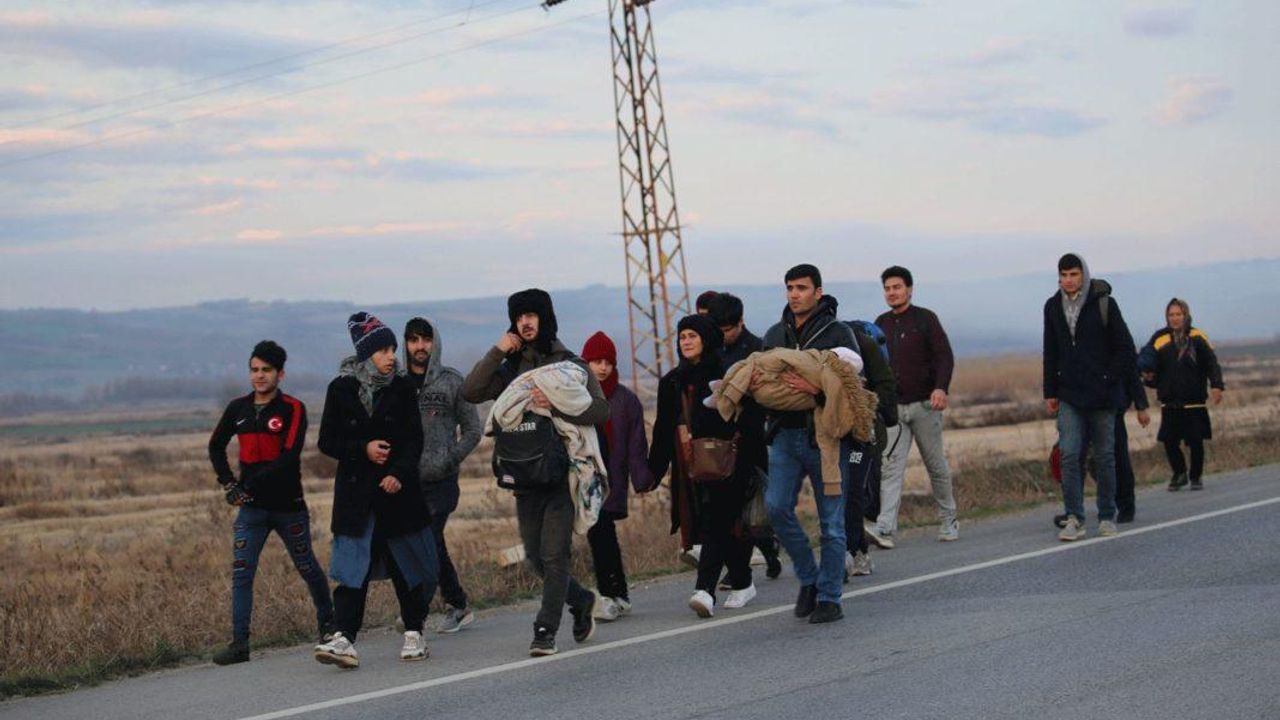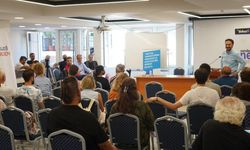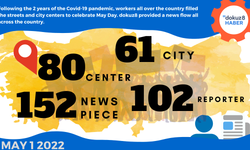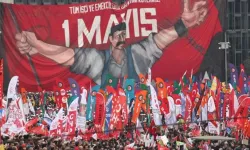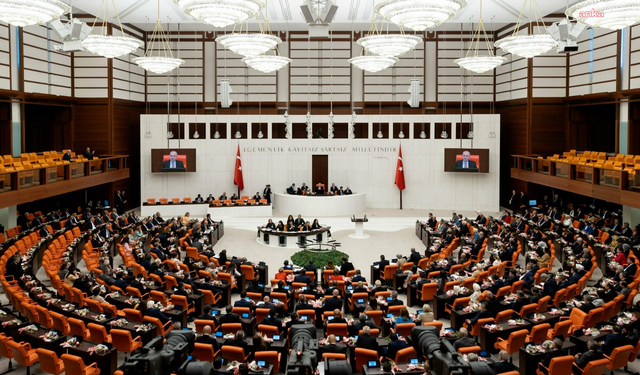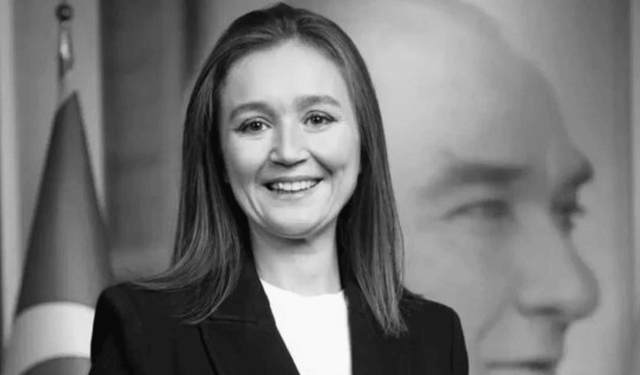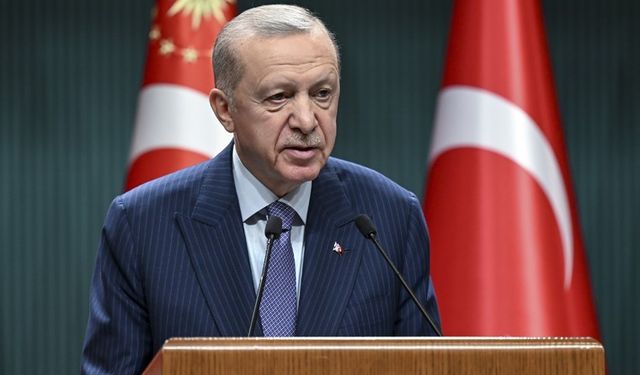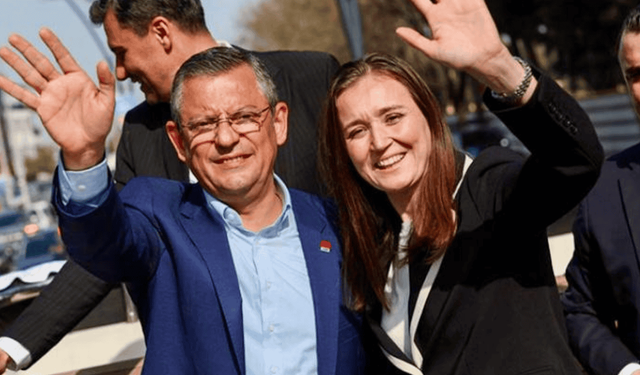Written by: SEMA KIZILARSLAN *
Translation: Sebla Küçük
Our investigation into illegal border crossings in Van started in Özalp district, where many people still try to cross the border. We talked to members of the local community, human smugglers and lawyers working in the area with a focus on human trafficking. The investigation was conducted in October 2021, when military measures and push backs were stricter as compared to the period of July-August 2021, when the number of people illegally crossing the border was at the peak level. However, it must be noted that human traffickers are still actively operating in villages near the border despite measures.
JOURNEY BEGINS IN VAN, MAIN DESTINATION IS EUROPE
When we started our investigation in Van, we easily reached a few people who did not hide the fact that they were making a living by smuggling refugees across borders. One of the smugglers says he helps refugees who have passed the border and arrived in Turkey make the transit journey from Van to other cities in the country. He said the majority of the refugees cross the borders in Özalp district, and then travel the city of Van or to Tatvan district in the city of Bitlis. Those who make it to Tatvan are then transited to other cities in Turkey by bus or private vehicles. Refugees arriving in Tatvan mainly travel to cities in the Aegean region or to Istanbul so that they can reach Europe via sea or by crossing the Turkish-Greek border In Edirne. Particularly the refugees from Afghanistan aim for Europe as their final destination.
According to the smugglers, the most challenging part of the journey to Tatvan is passing the military checkpoints in Gevaş district in Van. Refugees who want to avoid these checkpoints often get off the buses and walk along the trails away from the main road to bypass law enforcement. Refugees who manage to go unnoticed at these checkpoints by walking a few kilometres then get back on the smugglers’ buses.
We identified 10 checkpoints controlled by the police and military police on the way from Van city centre to strictly controlled areas in Gevaş. The law enforcement officers take a glance in the vehicles and check documents of the drivers, but they do not use any extreme measures. However, the military police have also set up checkpoints at roadsides where buses can stop and along the trails leading to the hills. These checkpoints do not interrupt the travellers on the highway between Van and Tatvan but they often face towards the hills, and do not interfere with the traffic on the main road, which appears to confirm allegations that smugglers use trails on the hills for their illegal activities.
We start our investigation in Özalp district in Van. There were rumours that the refugees cross the borders in eight villages during the summer. However, our interviews reveal that number has now gone down to two. We visit Bakışık and Yukarıtulgalı villages in Özalp district, which nowadays see the highest level of mobility of people on the Turkish-Iranian border, and we see numerous white minibuses driving towards the border area without any passengers in them.

MINIBUSES USED FOR HUMAN TRAFFICKING
As we go back from Özalp to Van, we drive past a parking lot near central Özalp where more than 50 white minibuses are parked. As we walk inside the parking lot, we see three people holding some papers talking to the owner and explaining something to him quite enthusiastically. These three men are the owners of a white minibus which has been confiscated and towed to this impounding lot because it was caught at a checkpoint with a freight of refugees being smuggled across the border.
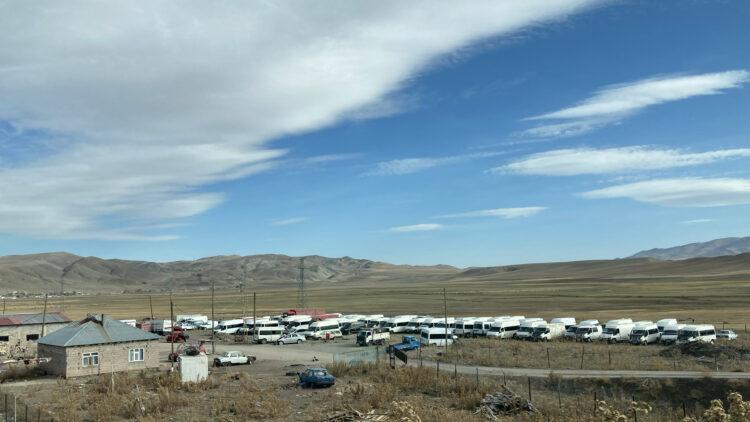
The three men turn their attention towards us when we tell them we are journalists and we are intrigued by the number of white minibuses at the parking lot. So, we listen to their story. It turns out that they rented out their minibus to some people who said they would use it in agriculture or livestock business. They insist that they do not have any affiliations with human smugglers, and now they have to pay the fines to get their minibus out of the impounding lot:
• Owner of the minibus: Man, the rental contract explicitly says that the owner cannot be held liable for any offences committed by using the vehicle. What is our guilt? The man who rented the minibus from me used it for human trafficking, and I’m the one paying the price!
• Journalist: Oh God, I’m so sorry. Do you have another minibus? Do you make a living by renting out vehicles?
• Owner of the minibus: No, this is the only vehicle that I own.
• Journalist: This place is full of white minibuses. Is there a similar situation at the other impounding lots?
• Owner of the minibus: Indeed! If you go to Gürpınar, Van or Başkale, you can see the impounding lots are full of these vehicles!
The owner of the minibus says he does not own any other vehicles, but somehow, he knows many other white minibuses are confiscated for being used by human smugglers and held at other impounding lots!
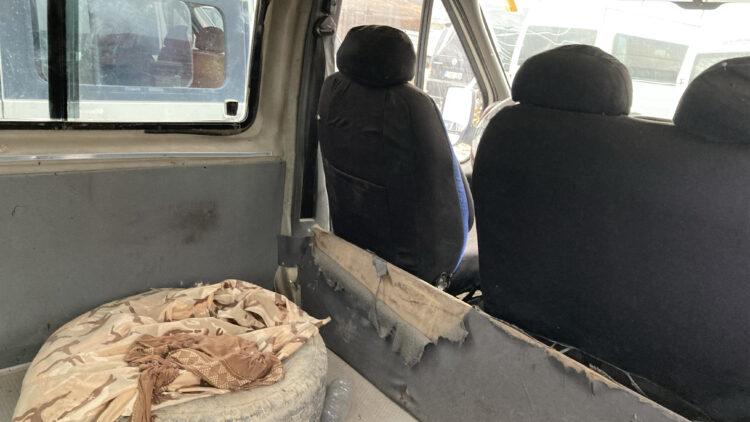
After the three men leave, the owner of the lot says they were lying: “I have fifty people like them coming here every day. They say ‘We were not aware our minibuses were being used for this business’ and get back their vehicles but all of them are lying. Sometimes I return a confiscated vehicle to the owner, and the same minibus is towed back here on the same day, because they have been caught when smuggling refugees again. There are so many smugglers that we have white minibuses all over the place. Everywhere in Van, the impounding lots are full of these minibuses and all of them are used to transport refugees.”
We walk with the owner of the lot among the white minibuses that have been impounded at checkpoints. The first thing we notice is that all seats have been removed from these minibuses. A few of them still had the last row of seats in place but most of the vehicles do not have any passenger seats.
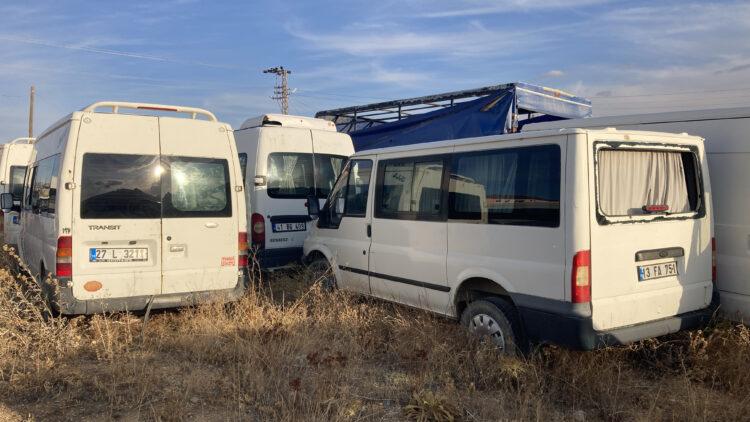
The owner of the parking lot explains it: “They remove the seats to make more room inside, so they can squeeze in 50 or 55 refugees in one vehicle.” He shows us the small trucks: “They put 70 people in these.”

ALMOST NO CHECKPOINTS BETWEEN ÖZALP AND VAN
The freeway between Özalp and Van is the first route to be covered by refugees who cross the border and enter Turkish territory. However, as compared to the road between Van and Tatvan, this freeway has much fewer checkpoints. We count 10 checkpoints held by police and military police from Van to Gevaş; however, there are only two checkpoints on the road that stretches from Van city centre to the Iranian border in the northeast, passing through Özalp district. A decrease in the number of checkpoints by 80% is notable, particularly considering that this is the main hotspot for smugglers.
There is a sort of competition between the Turkish authorities and human smugglers on the Turkey-Iran border, as the former seek to block routes of irregular border crossings and the latter try to find new and more dangerous routes to transport refugees and migrants. The most likely victims of this competitions are the asylum-seekers and migrants who are forced to travel across more challenging routes to pass the border.
“PUSH BACKS ON THE BORDER THROUGH VIOLENCE AND ASSAULTS”
Turkey continues to build a wall on the border, with funding from the European Union. 241 kilometers of the 534-kilometer-long border between Turkey and Iran will soon be blocked by walls. The existing surveillance systems consisting of watchtowers and trenches will be further strengthened with imaging systems via unmanned aerial vehicles, thermal cameras and optical towers when the wall project is completed.
According to the Commission for Migration and Asylum at the Bar Association of Van, beefed up measures at the borders will make it more difficult for asylum-seekers to access their right to asylum. Jindar Uçar, an attorney acting as the chairperson of the commission, says push backs have become a common practice although the wall has not been built yet, and that the migrants and asylum-seekers who are detained in Turkey are often transported back to the border area and pushed back to Iran. As law enforcement officers push them directly back across the border without taking them to the Directorate General of Migration Management (DGMM) in accordance with applicable legislation, refugees do not have any evidence to prove that they entered Turkish territory. Therefore, the DGMM, not being involved in the whole process, is not considered to be in breach of its responsibilities. And the refugees are pushed back to Iran without having access to any judicial authority to seek asylum.
As is the case with the refugees pushed back from Greece to Turkey, the refugees who are caught crossing the Iran-Turkey border are reportedly assaulted by military police, and some are even forced to take their clothes off and go back to Iran without any clothes on them.
The majority of the refugees, mostly from Iran and Afghanistan, say their friends have been pushed back by the Turkish military. Some of these refugees say they have been able to arrive in Van after being pushed back several times. Lawyers from the Bar Association of Van also say they have some clients who have come to Van although they were expelled back to Iran seven times before. Responding to our questions about push backs, Uçar says “This clearly demonstrates that the right to asylum has been violated, and illegal push back practices have been used.”
Uçar believes that the elevated tension on the border particularly during July and August leads to an increase in the number of push backs. He says authorities block access to asylum: “The push backs on the border may have led to a decrease in the number of people crossing the border into Turkey. However, we don’t see this as a positive or negative development. Due to push backs, refugees cannot access their right to asylum which is secured by Turkey, a signatory of the Geneva Convention and the European Convention on Human Rights. As they are expelled upon entry, they cannot talk to the Directorate General of Migration Management.”
CORPSES LEFT BURIED IN SNOW FOR MONTHS
According to the report on refugee casualties on Turkey-Iran border, which has been published by the Commission on Migration and Asylum at the Bar Association of Van, the bodies of 25 refugees were found in Başkale district of Van from April 1 to May 6, 2019, including 24 people who were frozen to death and one person killed by gunfire. Four bodies were identifiable and sent back to their countries with assistance from consular officials.
It is noted that the bodies were left buried in the snow for months because of the climate and geographical conditions in the region. Therefore, the majority of the bodies remained intact; however, some were mutilated by wild animals and were therefore unidentifiable.
MORE THAN 100 REFUGEES LOST THEIR LIVES
According to the data gathered by the commission, in a period of two years, more than 100 refugees have lost their lives in crashed minibuses or in capsized boats.
• On July 26, 2019, 17 people died after bus transporting refugees in Van crashed
• On December 26, 2019, 7 people died in a dinghy which capsized in Van Lake.
• On February 9, 2020, 13 refugees froze to death in Çaldıran. Bodies of 9 refugees could only be found after the snow thawed.
• On March 13, 2020, 7 bodies were found, who were believed to be refugees from Afghanistan, Pakistan and Syria.
• On June 27, 2020, 7 bodies were recovered out of 100 refugees who were believed to be on the boat that capsized in Van Lake.
The number of the bodies recovered in Van Lake had reached 61 by the time the report was published. The autopsy and identification procedures were handled by Branch Directorate of Forensic Medicine Institution in Van. The families who live in Iran, Afghanistan or Pakistan and who had not heard from their family members were contacted directly or via social media. The families reached out to the Commission for Migration and Asylum at the Bar Association of Van and requested assistance to find out what happened to their family members.
Four refugees from Pakistan were identified and their families were informed. 34 out of 61 refugees were from Afghanistan. Three bodies were not identifiable as their physical integrity was severely distorted. Their bodies were buried at the cemetery for the nameless, only identified with a number and the place of death.
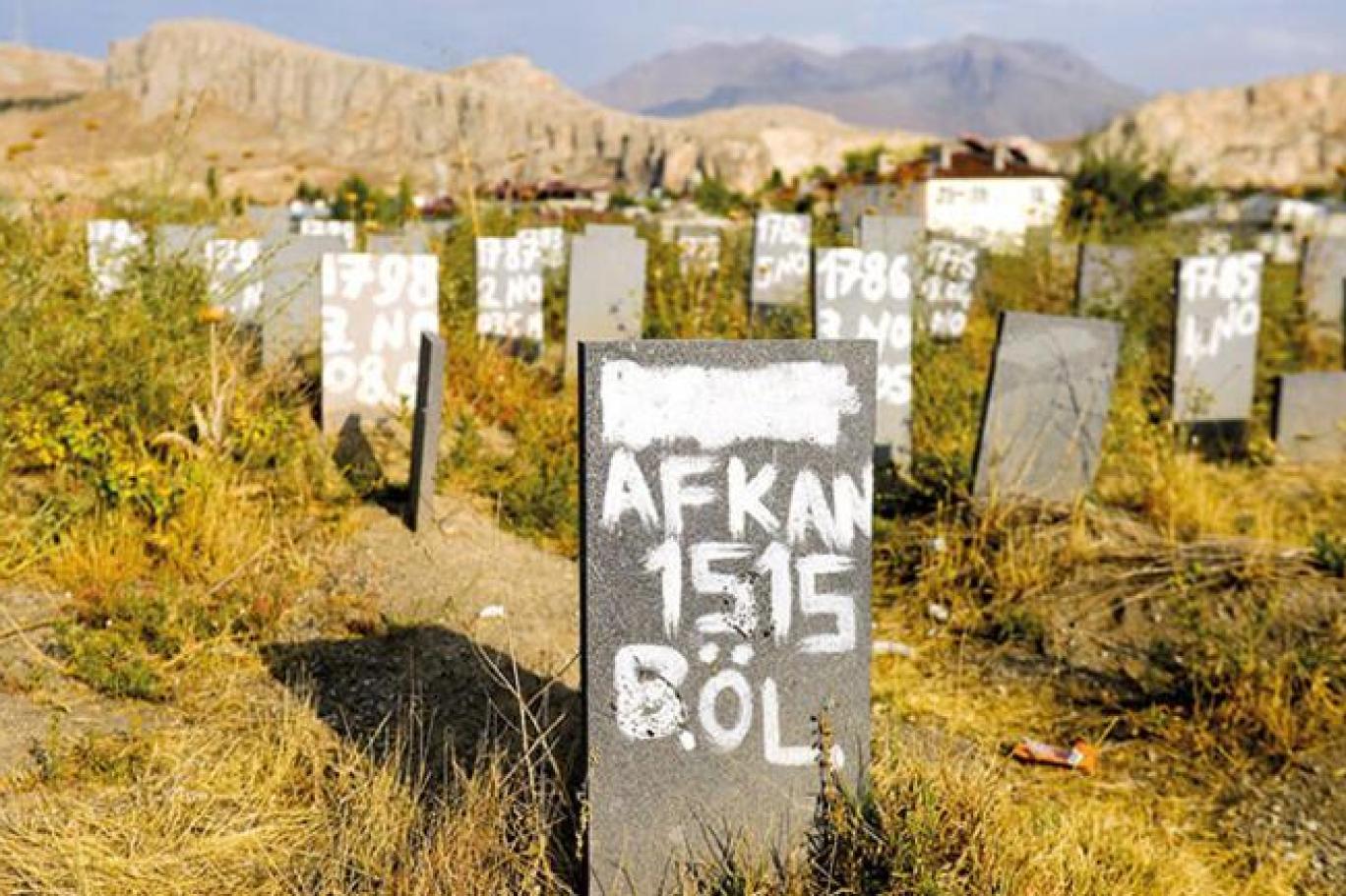
The 2021 report published by the Commission for Migration and Asylum of the Bar Association of Van offers the following information:
• On the Iranian side of the border, human traffickers describe the route for the migrants and refugees, who have to cross the border on their own.
• In some instances, smugglers meet refugees and migrants on the Turkish side of the border, and the deadly migration journey continues via Van Lake or by land.
• For many migrants and refugees, it is vital to avoid being apprehended by law enforcement in Turkey because the Turkish asylum system is essentially based on refoulement, which is why migrants and smugglers prefer the winding and dangerous routes to avoid checkpoints.
• The checkpoint in Balaban sitting between Gevaş district of Van and Tatvan district of Bitlis is located in a very steep area which is practically impossible to bypass. Therefore, human smugglers transport people on boats via Van Lake.
• This is why the number of migrants who lost their lives in capsized boats at Van Lake has been increasing in recent years.
• Deaths also occur in other parts of the journey.
• Particularly during the winter, migrants travel among the mountains and over rocky hills to cross the border while keeping away from checkpoints.
• Migrants often lose their lives due to extreme cold weather conditions, snowstorms and occasional avalanches.
• The bodies of the majority of the migrants who have been frozen to death are beyond recognition due to environmental conditions and attacks by wild animals, and, just like dozens of asylum-seekers whose bodies have been recovered from waters, they are buried in cemeteries for the nameless.
• Many migrants have also died in bus crashes in vehicles used by smugglers.
• Asylum-seekers become “irregular” migrants if their permission to stay legally in Turkey expires or if they enter Turkey by illegal means, and therefore they cannot work in a formal job.
• Asylum-seekers are forced to work in various jobs without any rights or job security because they need to buy food and meet their other basic needs.
• Some employers prefer to hire asylum-seekers as they agree to work for lower wages than the minimum wage. Long working hours, low wages, lack of job security, humiliation, insults and withholding payments have become routine practices.
• Particularly children work almost as slaves at industrial areas where they are hired as apprentices and paid extremely low wages.
* Doğu Eroğlu and Hazar Dost have contributed to this article.
** This article has been prepared in the scope of the “New Generation of Investigative Journalism Training Project” which is implemented by Media Research Association in cooperation with ICFJ (International Centre for Journalists).
